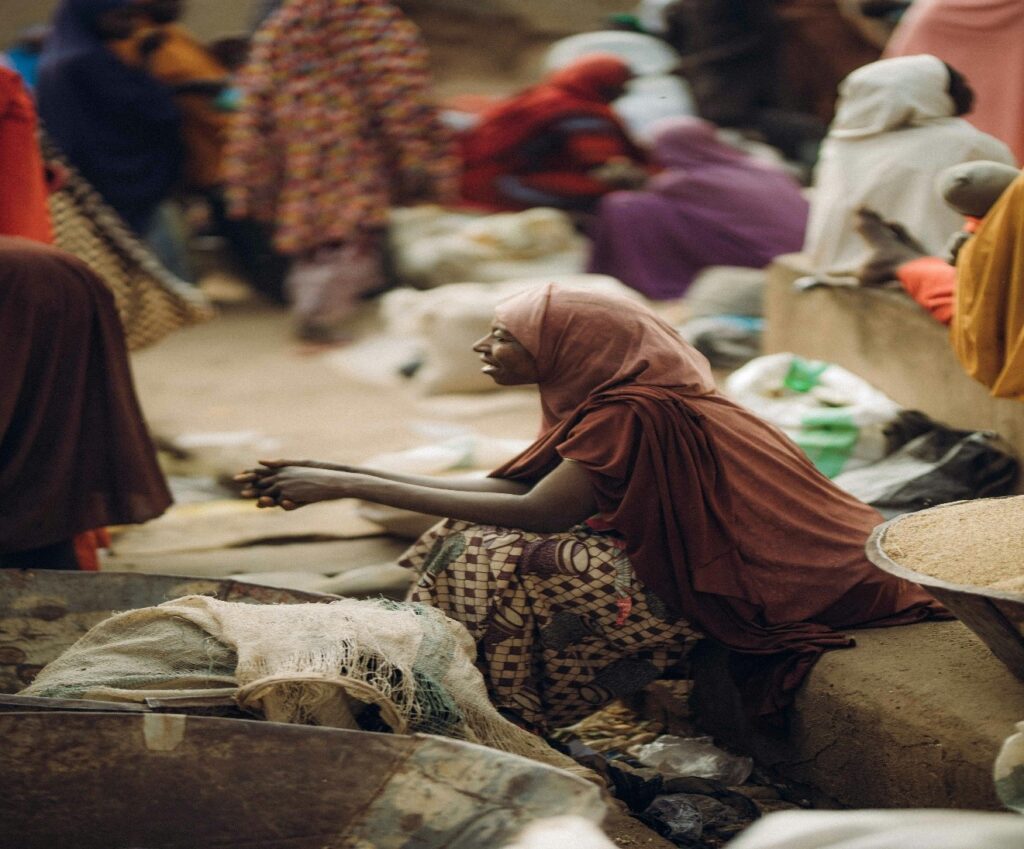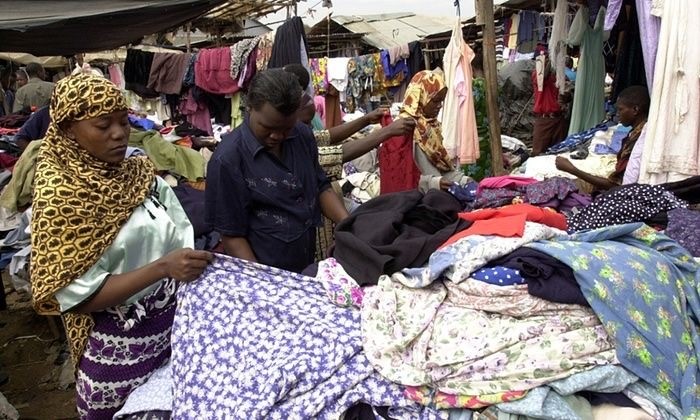Fashion is a powerful mode of self-expression, reflecting our culture, identity, and individuality. In today’s globalised world, it’s not uncommon to see fashion trends transcending borders and influencing people from diverse backgrounds. One fascinating aspect of this global fashion phenomenon is the impact of imported second-hand clothing, often referred to as “okrika,” on local fashion in many developing countries.
The word “okrika” originates in the Igbo language of Nigeria, a country known for its thriving secondhand clothing market. These goods, which are frequently imported from Western nations, end up in markets in South Asia, Africa, and other regions of the world. A robust industry has been developed by the importation of used clothing, giving many individuals access to affordable clothing options and job possibilities for others who might not otherwise have access to brand-new apparel.
The fact that okrika makes a large range of clothing products more affordable than brand-new ones is one of its biggest effects on local fashion. Secondhand clothes gives people from all walks of life access to fashion trends that they might not otherwise be able to follow, especially in developing nations where economic differences are frequently prominent. Fashion has become more accessible due to its cost, allowing individuals to express themselves, try out new looks, and keep up with the trends without going over budget.

The influx of okrika clothing into local markets contributes to a more diverse and eclectic fashion landscape. Shoppers have the opportunity to discover unique and vintage pieces that are often no longer available in brand-new collections. This has led to a resurgence of retro and vintage styles, and a fusion of different fashion eras, creating a rich tapestry of clothing options. Local designers and fashion enthusiasts often draw inspiration from these second-hand gems, leading to a cross-pollination of styles and a more dynamic fashion scene.
Even though okrika offers several advantages, it’s important to consider how it affects the environment. Fast fashion is well known for its excessive waste and pollution, as well as its role in environmental deterioration. On the other side, because used clothing lasts longer and requires less new production, it helps the environment. The environmentally conscious feature of okrika corresponds with the increasing recognition of sustainable fashion across the globe.
The okrika sector has a lot of difficulties and disputes in spite of its benefits. Opponents contend that the flood of used apparel damages regional textile industry and impedes economic expansion. The low prices of imported used goods are frequently too good for local producers to compete with, which can lead to job losses and decreased investment in homegrown fashion production.

Concerns have also been raised concerning the hygienic conditions and calibre of some okrika apparel. Some imported items may be severely worn or damaged, while many are in outstanding shape. This calls into question consumer safety and product standards and emphasises the need for improved industry regulation and quality management.
Beyond just clothes, okrika has a significant impact on local fashion; it also affects identity and cultural changes. Adoption of Western fashion trends can affect how people view modernity and the interconnectedness of the world. But this also begs concerns about the maintenance of cultural heritage and the possible decline in traditional dress. Many nations struggle to strike a balance between preserving their national identity and embracing global fashion trends.
The impact of imported second-hand clothing, or okrika, on local fashion is a multifaceted phenomenon with both positive and negative aspects. It has democratised fashion by making it more affordable and accessible, allowing for a diverse and eclectic fashion scene. However, it has also raised concerns about economic impacts, quality control, and cultural identity. To harness the potential benefits of okrika and mitigate its negative consequences, a thoughtful and balanced approach, involving government regulation, consumer education, and support for local fashion industries, is necessary. As fashion continues to evolve in our interconnected world, the influence of okrika on local fashion is likely to persist, making it an important topic for discussion and reflection within the global fashion community.
Sources
- http://www.savap.org.pk/journals/ARInt./Vol.6(4)/2015(6.4-08).pdf
- https://republic.com.ng/august-september-2023/nigerias-okrika-industry/
- https://secretsreporter.com/uk-imported-second-hand-clothes-causing-pollution-in-nigeria-and-ghana/
- https://www.opptrends.com/okrika-bales-in-sustainable-fashion/




